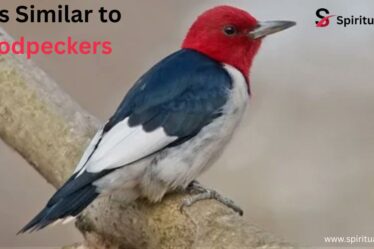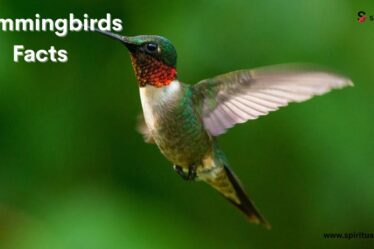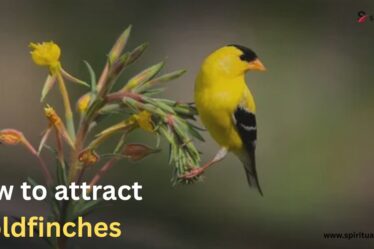Colorado is home to many beautiful birds, and yellow birds are some of the brightest. If you enjoy birdwatching, spotting yellow birds in Colorado is a real treat. These cheerful birds stand out with their bold colors and sweet songs. You can find them in forests, open fields, and even your backyard.
This guide will help you learn more about yellow birds Colorado bird lovers often see. From the American Goldfinch to the Western Tanager, yellow birds in Colorado come in many shapes and sizes. Whether you’re a beginner or a seasoned birder, knowing where and when to look can make all the difference. Let’s explore yellow birds Colorado has to offer.
Birds That Are YELLOW in Colorado!
If you’ve ever spotted a flash of bright yellow flitting through a tree or across a grassy meadow, you may have encountered one of the many yellow birds in Colorado. These birds aren’t just beautiful to look at—they also play important roles in the ecosystem, from controlling insects to spreading seeds. Colorado’s diverse landscape, from grasslands and forests to wetlands and urban backyards, offers the perfect setting for a wide range of songbirds and migratory species. Whether you’re birdwatching in the suburban front range, a mountain shrubland, or a quiet wetland, you’ll likely run into one of these sunny-feathered flyers.
These birds are not only pretty but also useful for identifying seasonal changes. Their behaviors vary—some prefer the understory, others stay high in the canopy. Some are omnivorous, eating both insects and seeds, while others are strictly insectivorous, hunting down beetles, moths, and even small butterflies. Bright plumage is often more noticeable in males, especially during the breeding season, which helps in identification. As you read through this guide, you’ll also find scientific names such as Setophaga petechia, Spinus tristis, or Xanthocephalus xanthocephalus, used by ornithologists and conservationists to help classify and protect these species.
American Goldfinch
Often seen on sunflower feeders in summer, the American Goldfinch (Spinus tristis) is a small but flashy bird. The males glow bright yellow with black wings during breeding season, while females and non-breeding males are more olive-yellow. These birds love nyjer seeds, especially in winter when native plants are bare. Their conical beak helps them easily crack seeds, and they often travel in flocks. Goldfinches nest later in the summer to match seed abundance, and they’re frequently spotted in rural backyards and grasslands.
Wilson’s Warbler
The Wilson’s Warbler (Cardellina pusilla) is easy to recognize with its bright yellow body and small black cap. These migratory warblers breed in western North America and pass through Colorado during spring and fall migration. You’ll often hear their soft, chattering call before spotting them. They stick close to the thickets and riparian shrubs, searching for insects and tiny spiders. Their rapid movements and vibrant plumage make them a favorite for bird photographers.
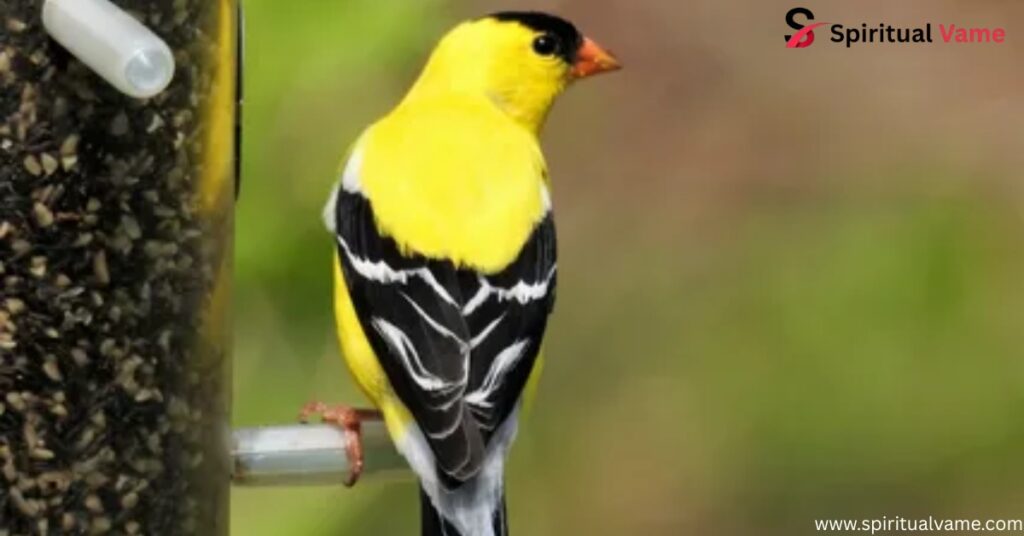
American Yellow Warbler
Setophaga petechia, known as the American Yellow Warbler, is one of the most widespread and easily recognized warblers in North America. Males have deep yellow coloring with faint reddish streaks on the chest. These warblers thrive in wetlands, willow stands, and shrubby areas, where they feed on caterpillars, moths, and small insects. Their musical “sweet-sweet-sweet, I’m so sweet” song is a common summer soundtrack across Colorado’s riparian zones.
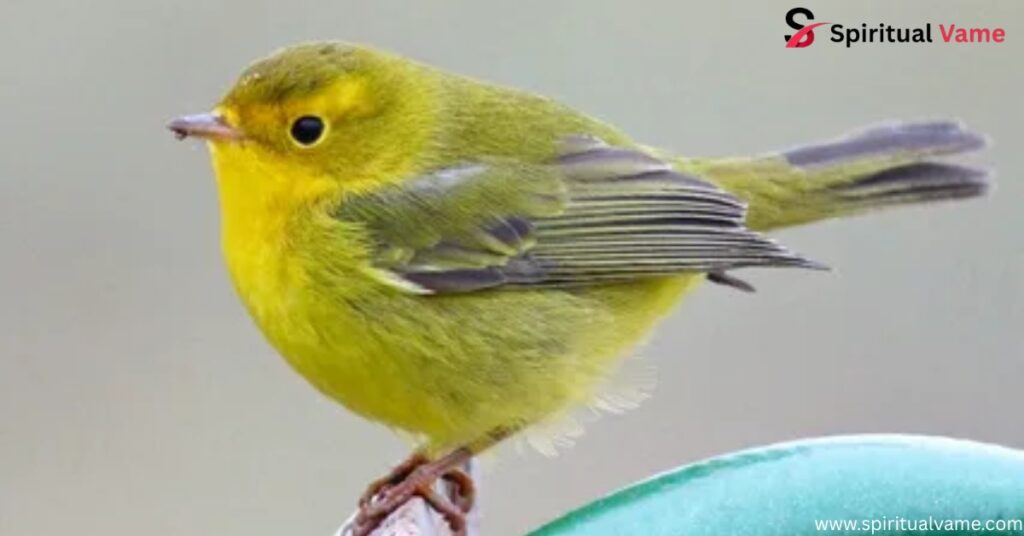
Yellow-Rumped Warbler
Known by birders as “butter butts,” the Yellow-Rumped Warbler (Setophaga coronata) flashes a vivid yellow patch at the base of its back. There are two main subspecies: the Myrtle Warbler and the Audubon’s Warbler, both of which migrate through or reside in Colorado. These warblers are flexible eaters, switching from insects in the summer to berries like wax myrtle in the colder months. Their adaptability allows them to survive in urban, suburban, and forested habitats.
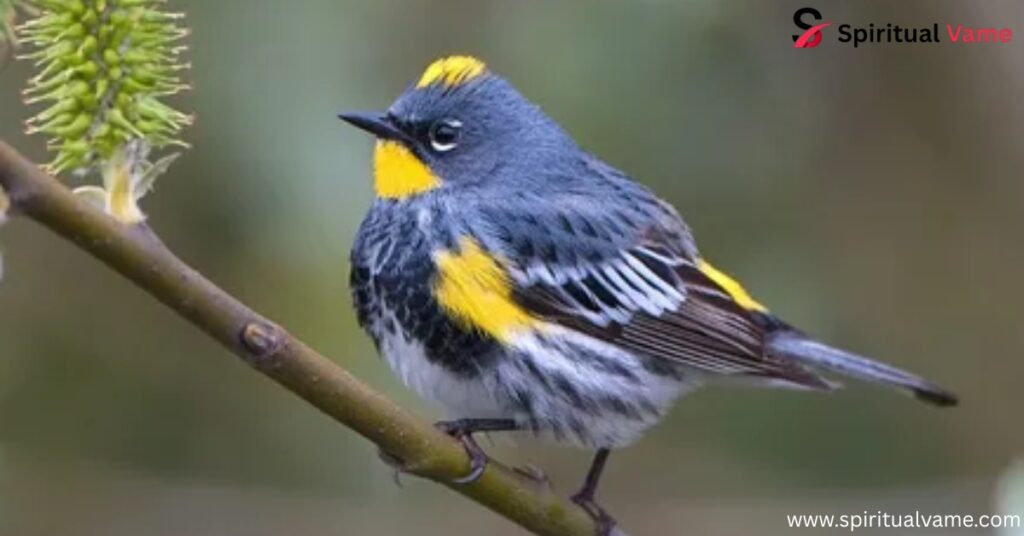
Nashville Warbler
The Nashville Warbler may not be named after Colorado, but it makes regular appearances during migration. Look for its gray head, white eye ring, and bright yellow belly. These birds forage low in deciduous woodlands and brushy undergrowth, flicking their tails while searching for food. Despite their name, they breed in the northern U.S. and Canada but stop over in Colorado’s wooded foothills during spring and fall.
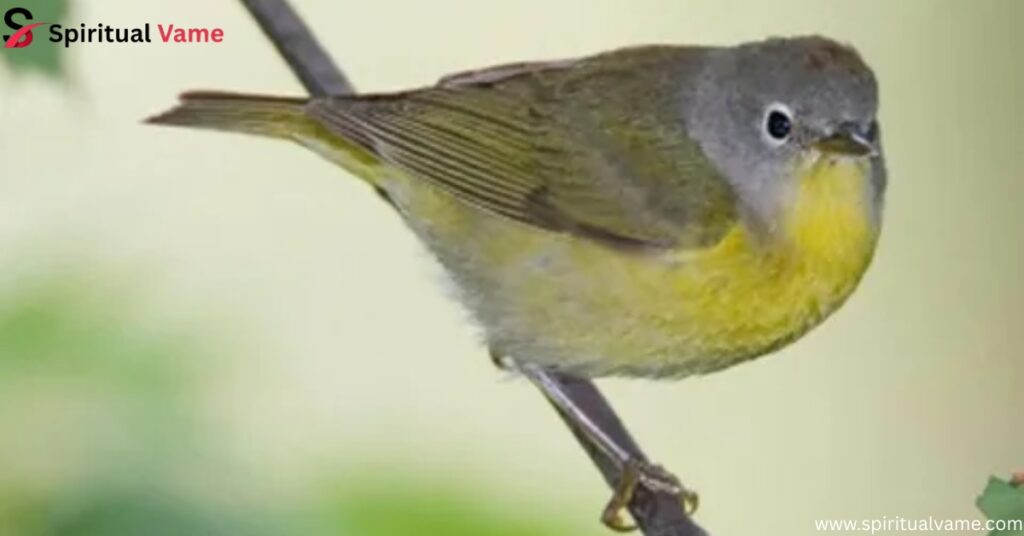
Evening Grosbeak
A larger, stockier bird than most on this list, the Evening Grosbeak (Coccothraustes vespertinus) features bold yellow markings with black and white wings. This finch-like bird has a powerful, pale bill made for crushing hard seeds. Though less common than before, these birds occasionally appear at platform feeders in higher elevations. They travel in groups, especially in winter, where food availability draws them closer to human activity.
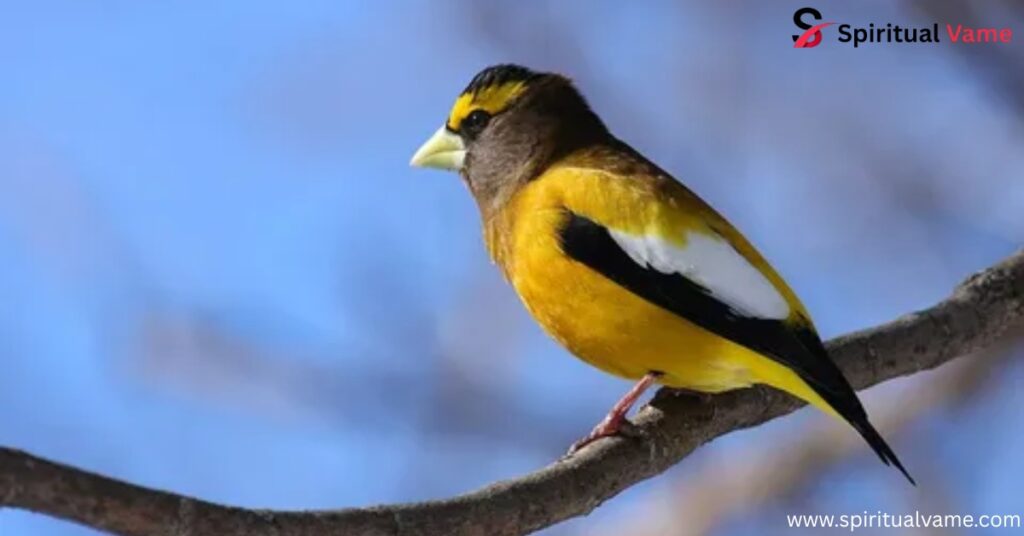
Yellow-Breasted Chat
The Yellow-Breasted Chat (Icteria virens) stands out as North America’s largest warbler. With a stout body, white spectacles, and a deep yellow breast, this bird is often heard before it’s seen. Its call is a bizarre mix of whistles, chuckles, and clicks, echoing from dense thickets. Chats are found in brushy ravines, riparian corridors, and abandoned fields. Despite their size, they’re surprisingly secretive and excellent at camouflage.
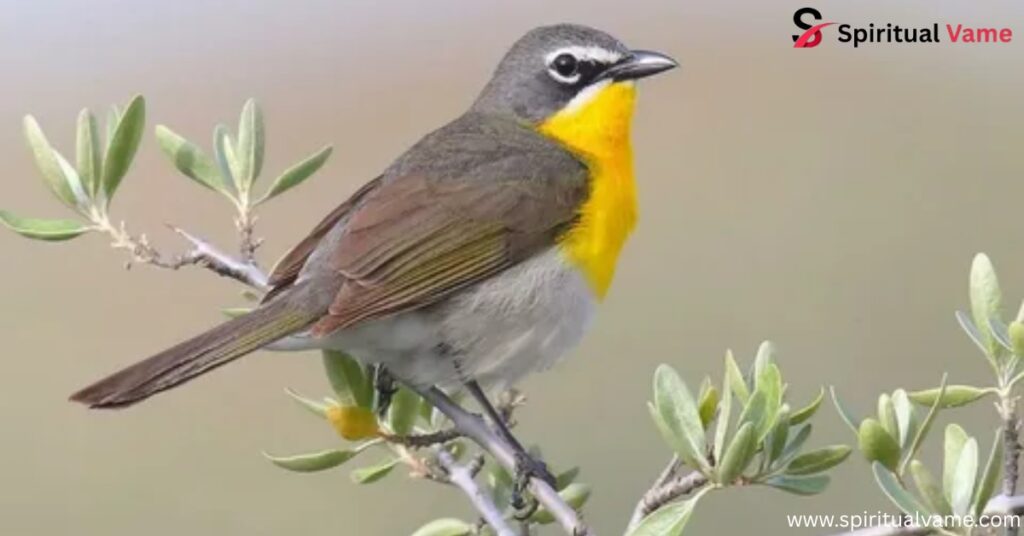
Magnolia Warbler
The Magnolia Warbler (Setophaga magnolia) is a tiny powerhouse of color, wearing black streaks, a white belly, and a lemon-yellow throat and chest. It prefers coniferous forests but during migration, can show up in urban parks and backyards. Like many warblers, it’s insect-hungry and plays a big role in controlling leaf-eating larvae and beetles. Spotting one in a tangle of kinglets and chickadees in spring is a treat.
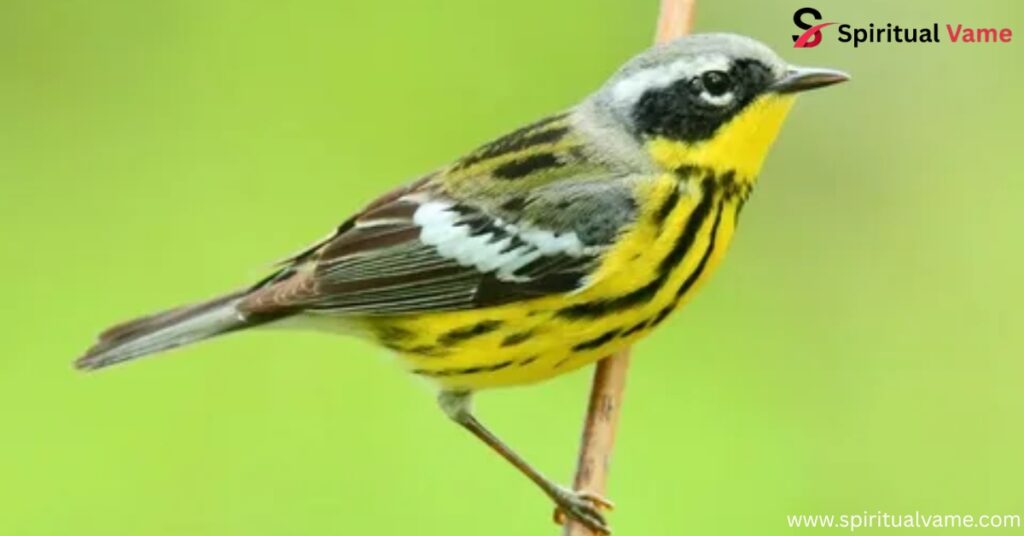
Yellow-headed Blackbird
With a blazing yellow head and coal-black body, the Yellow-headed Blackbird (Xanthocephalus xanthocephalus) dominates wetland habitats. These blackbirds nest in marshes alongside Red-winged Blackbirds (Agelaius phoeniceus), using cattails to build floating nests. Their raspy call is unmistakable and adds a wild edge to quiet summer mornings near ponds and reservoirs. They’re omnivores, feeding on insects, snails, and seeds.
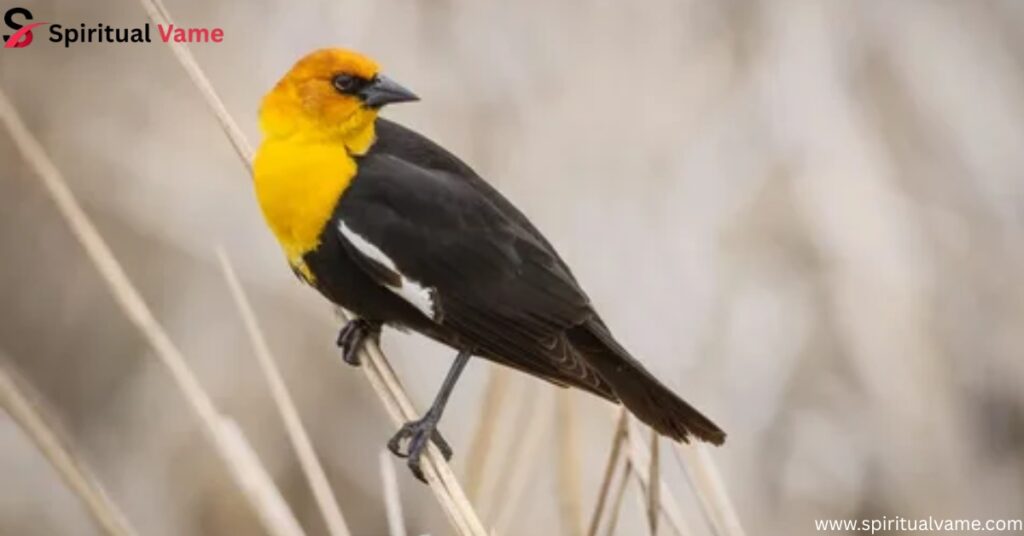
Western Kingbird
The Western Kingbird (Tyrannus verticalis) isn’t entirely yellow, but its soft lemon belly makes it stand out against the sky. This flycatcher is aggressive during the breeding season, chasing off hawks and crows that get too close. Found in grasslands, ranchlands, and utility lines, they perch visibly and snap up flying insects midair. Their loud calls and tail-flicking make them fun to observe, especially in early summer.
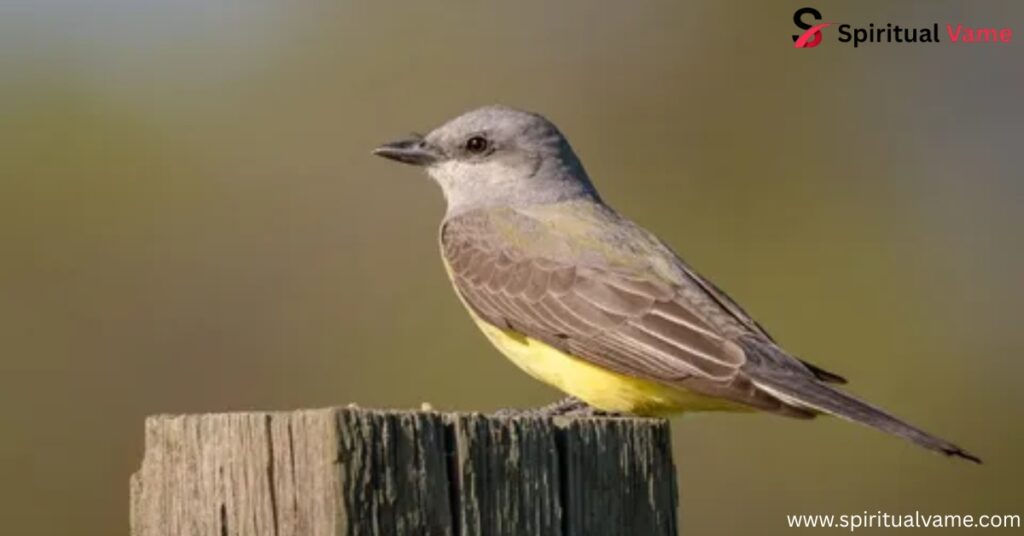
MacGillivray’s Warbler
A skulky specialist, the MacGillivray’s Warbler (Geothlypis tolmiei) is a ground-loving bird with a gray hood and bright yellow underparts. Found in dense mountain brush and burn areas, these birds are often heard before being seen. Their song is a fast, bouncy trill. They migrate through Colorado and are known to forage close to the ground for beetles, ants, and spiders.
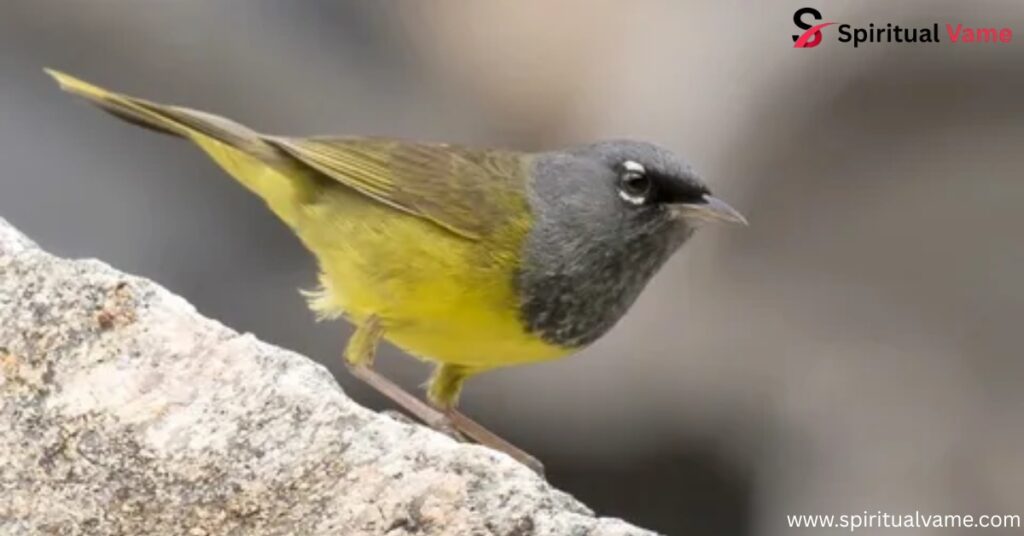
Western Meadowlark
The Western Meadowlark (Sturnella neglecta), Colorado’s state bird, fills open grasslands with flute-like songs. Their yellow breast features a bold black “V” that’s easy to recognize. They feed on grasshoppers, worms, and seeds, making them important for pest control in agricultural regions. Males sing from fence posts or bushes to defend their territory and attract mates. Their cheerful sound is a symbol of the American West.
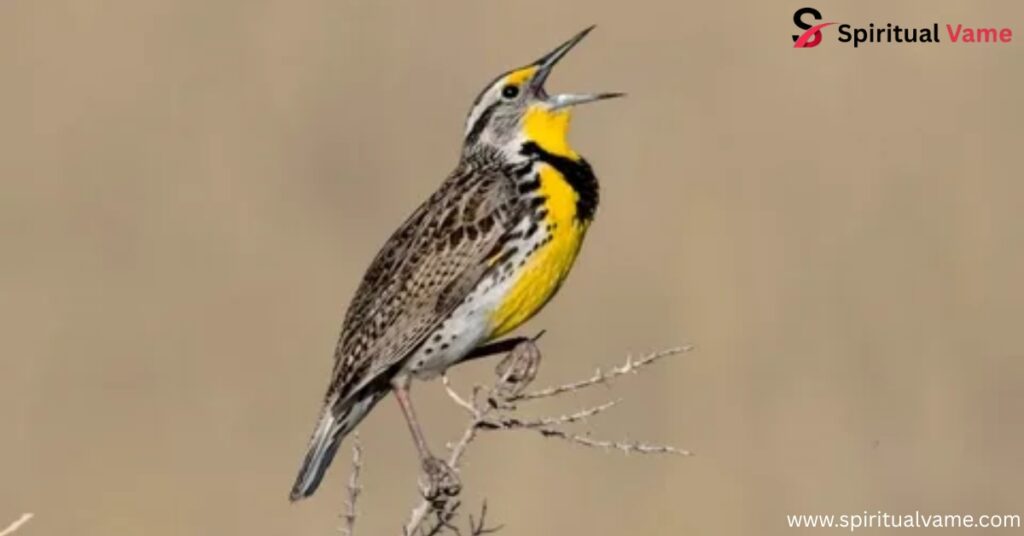
Western Tanager
With fiery red heads and brilliant yellow bodies, Western Tanagers (Piranga ludoviciana) look like tropical visitors, but they breed across the Rockies. They spend time in coniferous forests, searching for insects, nectar, and berries. Males are more vibrant, while females are olive-yellow. These birds migrate from Central America and often appear in urban feeders during spring migration.
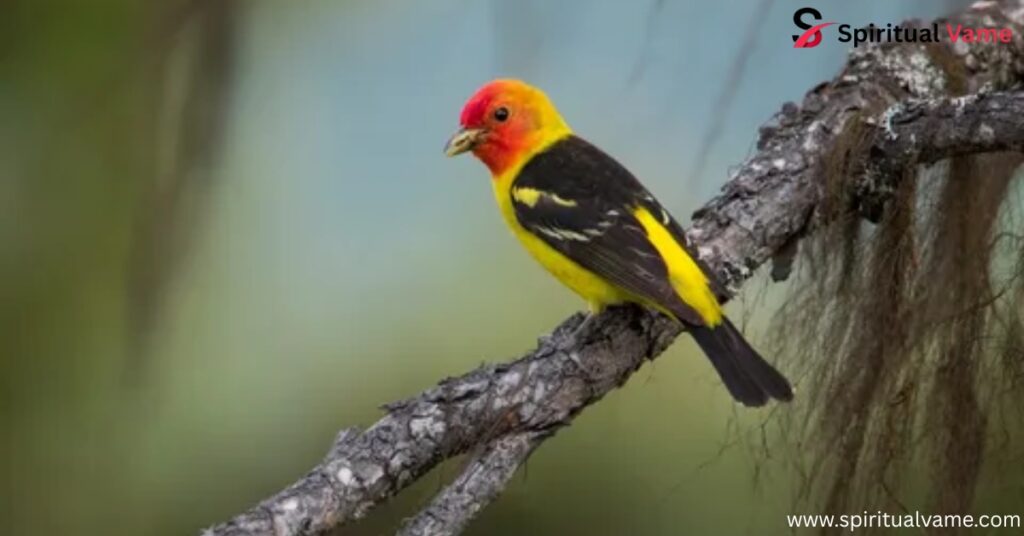
Townsend’s Warbler
The Townsend’s Warbler (Setophaga townsendi) sports an artistic mix of yellow, black, and olive. It favors tall conifers and is often seen with mixed flocks of Kinglets and Titmice. Their bold facial markings and quick movements help with identification. During migration, they pass through Colorado, especially in the high country.
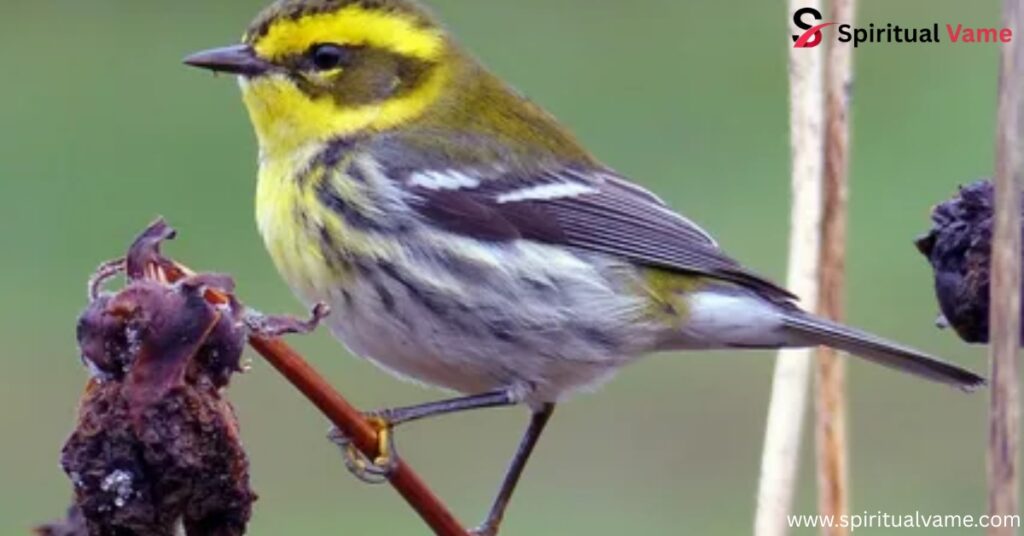
Lesser Goldfinch
Spinus psaltria, or the Lesser Goldfinch, is a cheerful visitor to backyard feeders. Males have glossy black caps and backs with lemon-yellow underparts. These small finches gather in flocks and love sunflower and nyjer seeds. Their chattering call and energetic movements make them a delight to watch year-round in Colorado’s urban areas.
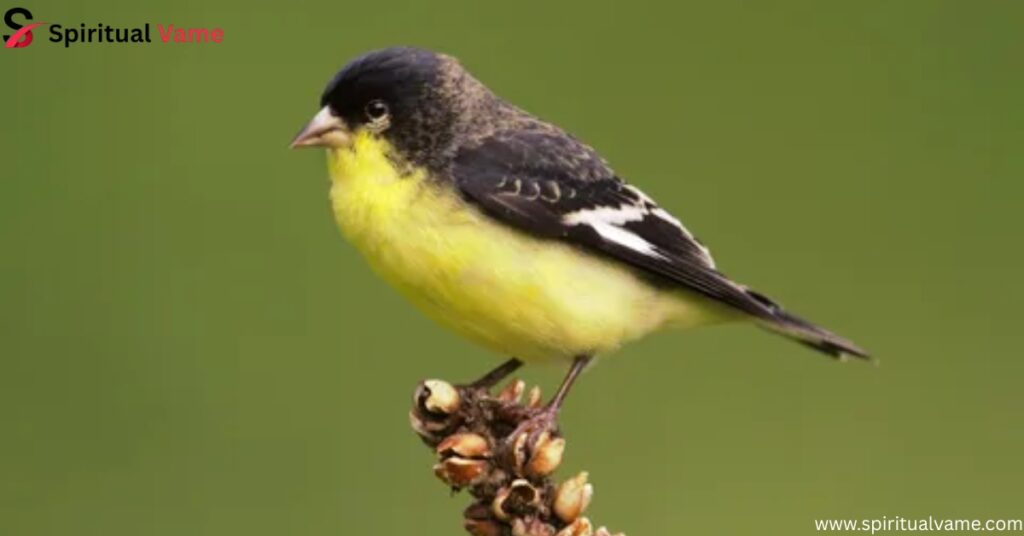
Scott’s Oriole
Found in Colorado’s arid southern regions, the Scott’s Oriole (Icterus parisorum) wears bold black and yellow. These birds favor yucca stands and desert grasslands, where they forage for insects, fruit, and nectar. Their whistled song carries over dry canyons and scrubland. Males sing from perches, while females build deep, hanging nests tucked into foliage.
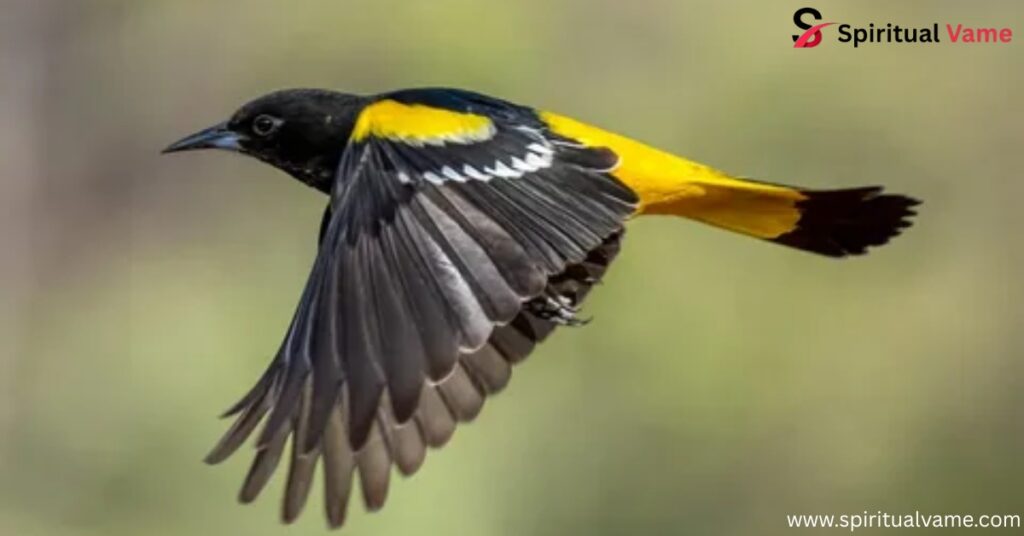
Conclusion
From the brilliant American Goldfinch to the striking Evening Grosbeak, yellow birds in Colorado offer birdwatchers an unforgettable visual and auditory experience. Whether you’re observing from your backyard feeder, hiking through pine forests, or quietly walking near a wetland, these birds bring life, color, and song to the landscape. With a mix of migratory, resident, common, and rare species, Colorado is a treasure trove for anyone interested in learning about these golden-feathered wonders.
Knowing how to spot, identify, and understand the behaviors of yellow birds—like those in the warbler, finch, oriole, and blackbird families—can turn any outdoor stroll into a mini adventure. By paying attention to habitats, songs, and unique plumage patterns, you can deepen your connection with nature and support conservation efforts across the state. So grab your field guide, head outside, and keep your eyes open. You never know which flash of yellow might fly by next.

